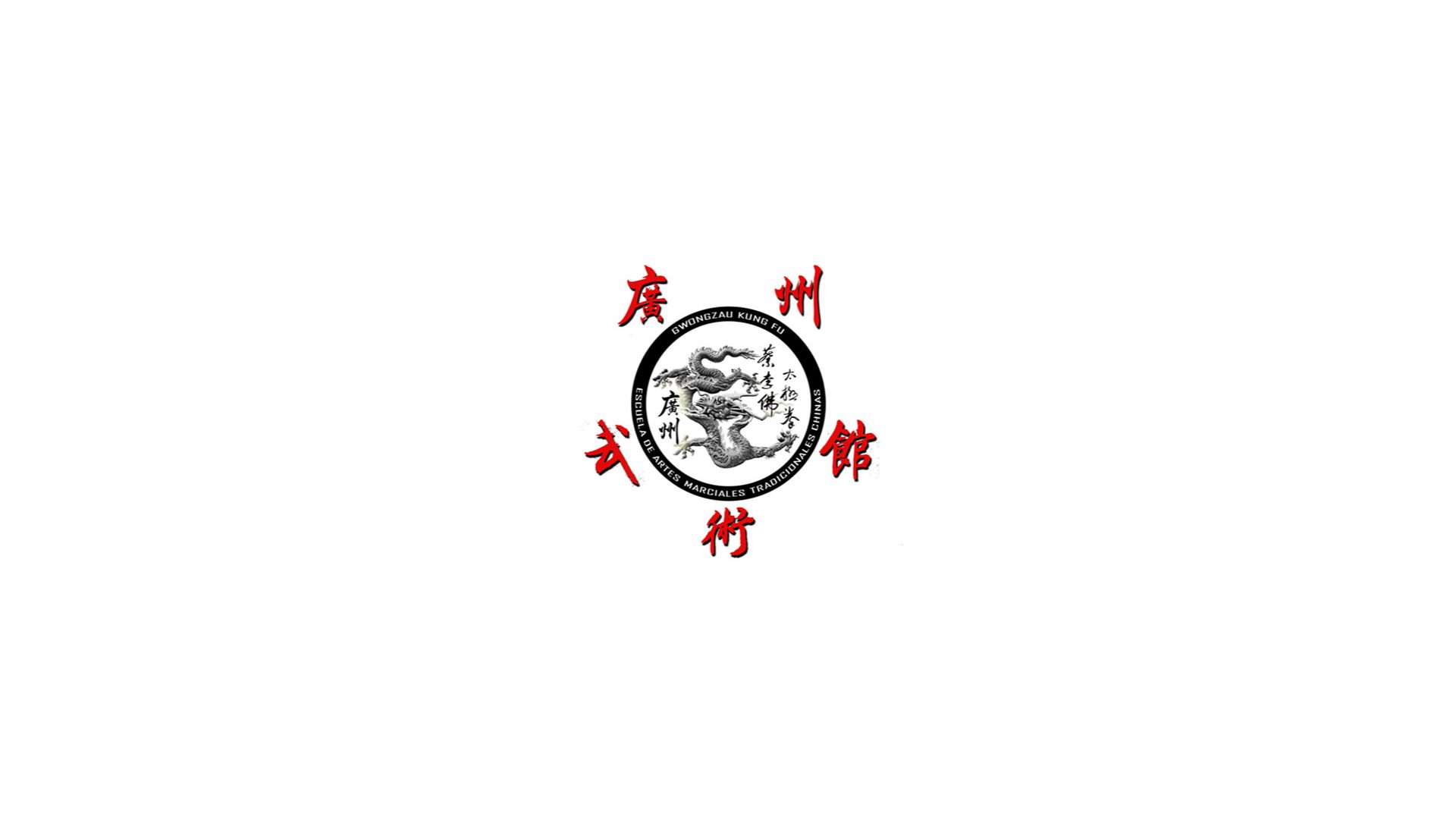Introducción
Chan Jiu-Chi 陳耀墀 is the third ancestor of Choy Li Fut 蔡李佛. Grandson of Chan Heung 陳享, founder of the style, he was one of the greatest martial artists of all time. We owe to him the systematization of the style, as well as the creation of numerous forms (Siu Mui Fa 小梅花拳, Sapzi Zitfu 十字截虎, the Batgwa 八卦, etc.), in which he integrated his special way of moving, and he left numerous writings—forms, compendiums of techniques, and many notes.
Chan Jiu-Chi taught and spread Choy Li Fut Kungfu in the city of Guǎngzhōu 廣州, and although few of the people who knew him are still alive, his legacy lives on in the teachings that have been passed down to us.
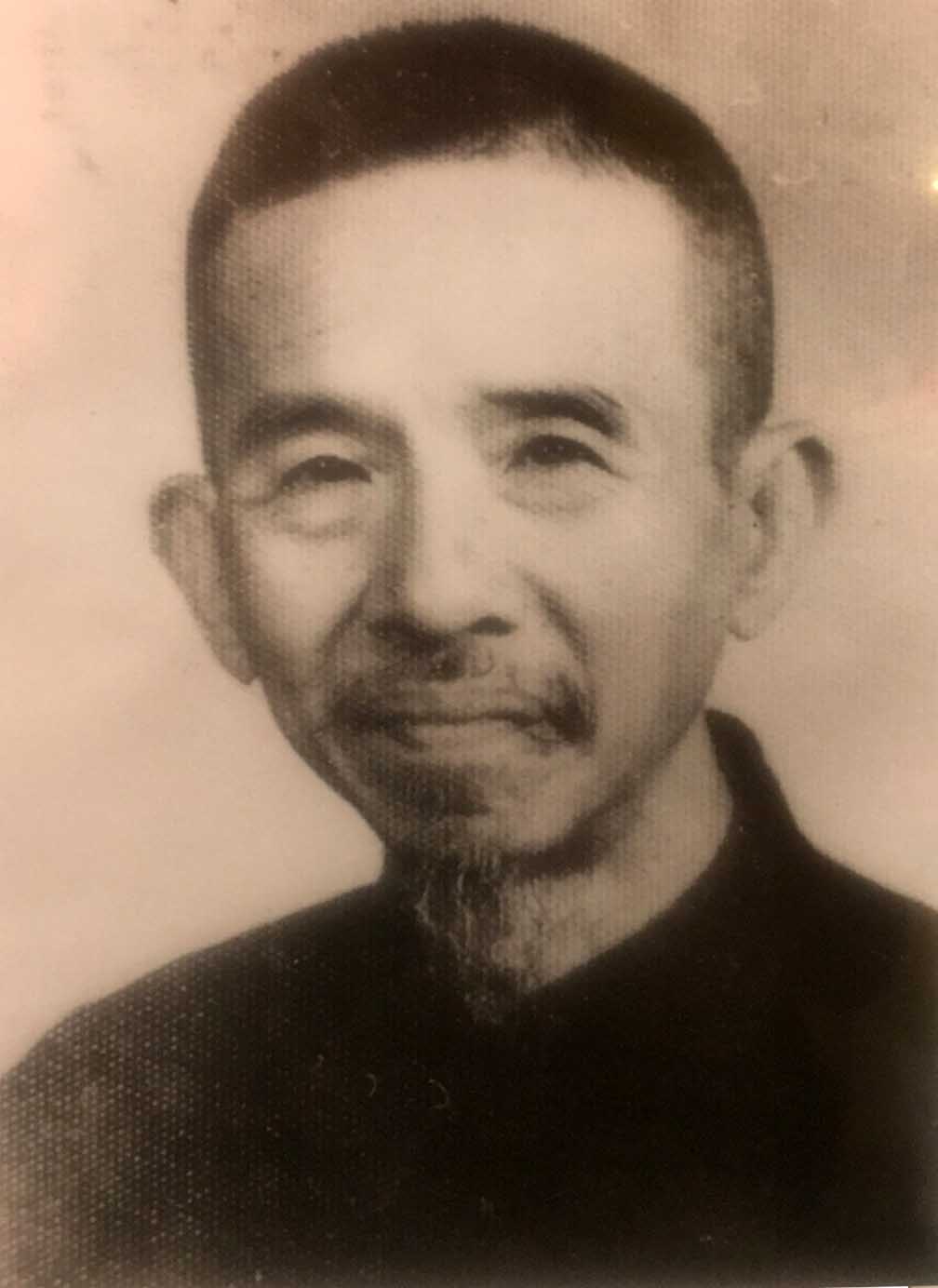
Chan Jiu-Chi 陳耀墀.
Upon his death, his most outstanding disciples continued transmitting the system. Although many Choy Li Fut masters emigrated to other countries, in Guǎngzhōu and surrounding regions there remains a strong core of masters descended from this lineage, the true heirs of this tradition. In this entry, and without intending to diminish anyone, we will focus on the two who are closest to us: on one hand, our Sigung 師公, Pun Fan 潘芬, and our Sifu 師父, Pun Seon Seoi 潘順遂, son and disciple of the former.
Master Pun Fan
Pun Fan (full name Pun Ming-Fan 潘明芬), also called Ginban 建斌, was born in 1904 into a rural middle-class family. His father left his native village to move to Guǎngzhōu, while the rest of the family remained in the village—a common phenomenon during the Qīng 清 dynasty.
Despite having to endure very hard work, the family’s income was sufficient. As a child, Pun Fan alternated studying with farm work, developing a strong physique and willpower, laying good foundations for his future development as a martial artist.
As a boy, he practiced the Shàolín Wǔxíng Quán 少林五形拳 style and later learned Hung Kyun 洪拳. At that time, he was known in martial arts circles for the strength of his hands and his ability to handle heavy weapons.
At the age of eleven, he left his village and moved to Guǎngzhōu, where he began learning Choy Li Fut from Wong Choeng 黄昌, and by the age of fifteen he was already assisting him in teaching.
It was at the age of seventeen that he met Chan Jiu-Chi and decided to continue his training with him. Due to his solid foundation, he was quickly accepted as a disciple and, again, assisted his master in teaching.
Pun Fan became one of the most beloved disciples of Chan Jiu-Chi and his wife, Fung Dai 馮氐. She had a niece named Fung Suk-Jin 馮淑賢, and the couple proposed to Pun Fan that he marry this niece, which he did, thus becoming a member of the extended family of the Third Ancestor, whom he then addressed as “uncle” (gūzhàng 姑丈, uncle by marriage).
Among all of Chan Jiu-Chi’s disciples, there were twelve who stood out for their excellence in Kungfu. They were known as sì xián bā jùn 四賢八俊 (loosely translated as “the Four Virtuous and Eight Eminent”). Among the four xián (“virtuous”), Wu Wan-Choek 胡雲綽 (whom we have spoken about on other occasions) was the first; among the eight jùn (“eminent”), the first was Pun Fan.
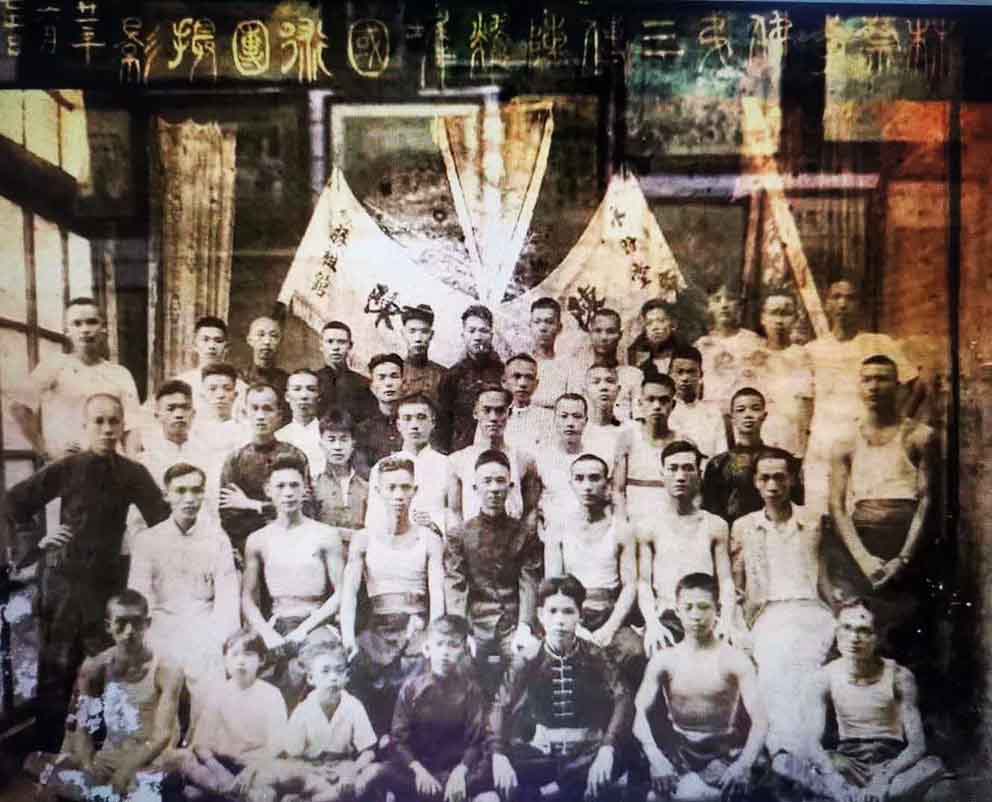
School of Chan Jiu-Chi (in the center, wearing dark clothes).
In the back row, the fifth from the left, is Pun Fan 潘芬.
Pun Fan devoted all his free time to the study and teaching of Choy Li Fut Kungfu. However, at that time it was not permitted to open martial arts schools. After retiring, Pun Fan taught in the mornings at the Cultural Park of Guǎngzhōu (Wénhuà Gōngyuán 文化公園), and in the afternoons at his own home.
Pun Fan passed away on December 26, 1996, at the age of 92, after a life of tireless dedication to Chinese martial arts. His students are part of the Pun-Fan Gun 潘芬館 (Pun-Fan school) which, although it never had a physical headquarters, was found wherever its members practiced their Kungfu.
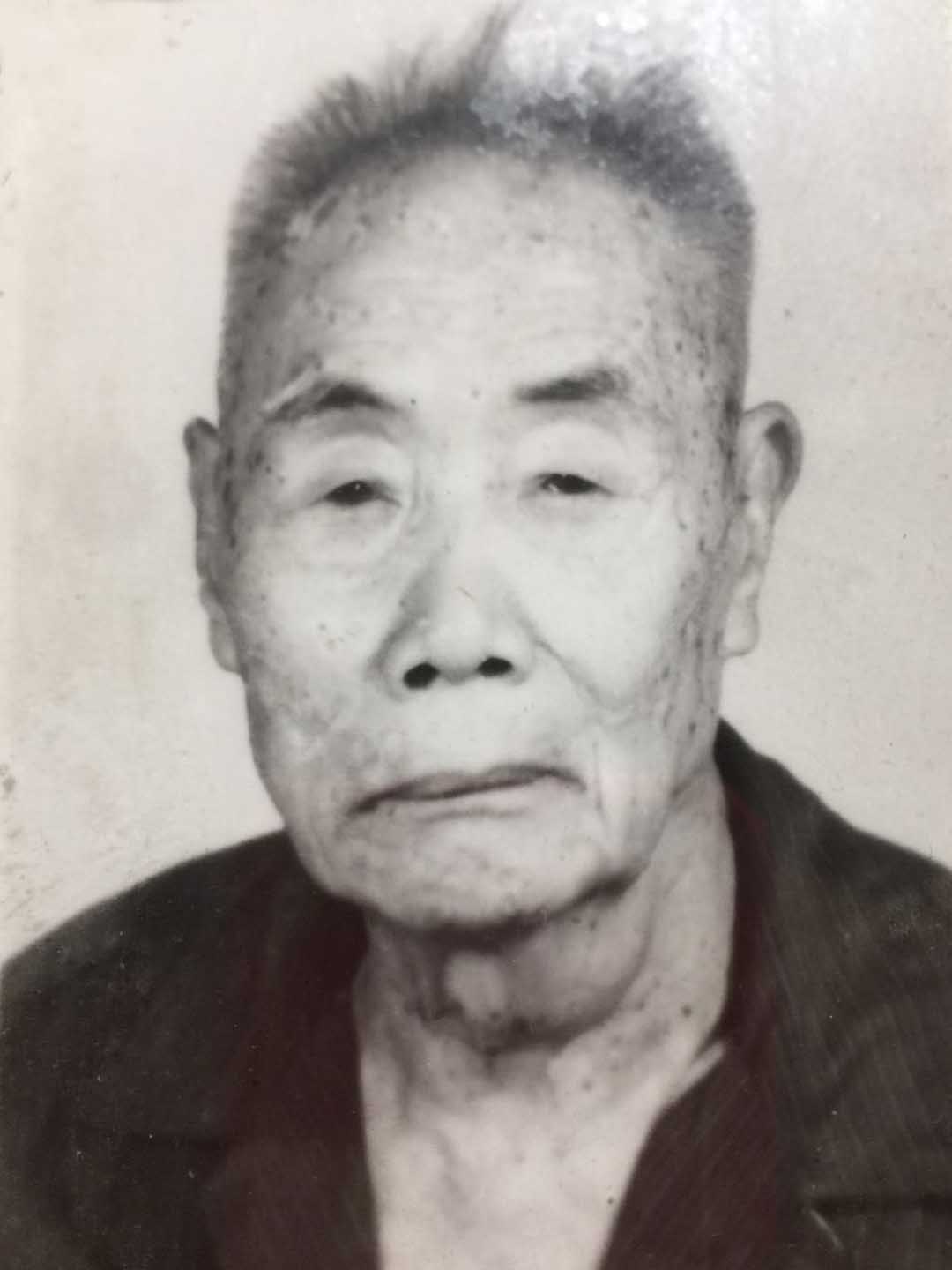
Master Pun Fan 潘芬.
Master Pun Seon-Seoi
Pun Seon-Seoi was born on January 15, 1944, from the marriage of Pun Fan and Fung Suk-Jin, and began his martial training at the early age of four.
Because his mother was Chan Jiu-Chi’s niece, Seon-Seoi had the opportunity to learn Kungfu from the Third Ancestor from a young age. In his early teens, he enlisted in the army, where he served for nearly a decade, always continuing with his martial arts studies and practice. At that time, shortly after the establishment of the People’s Republic, there were still insurgent movements in the Guǎngdōng 廣東 region, and the People’s Liberation Army needed local personnel, making the recruitment of teenagers common, especially those with good physical condition and discipline.
Upon his return, he began working as secretary of the Communist Party committee in a factory, later becoming its director until his retirement in 2003. Like his father, he devoted all his free time to the study and teaching of martial arts.

Pun Seon Seoi 潘順遂, in his younger years.
Regarding his training, under the tutelage of his father (from whom he also learned Hung Kyun), he received rigorous instruction under strict discipline. After completing the most basic forms of the Choy Li Fut system, Ng Leon Ma 五輪馬 and Ng Leon Choi 五輪捶, and having practiced them until complete mastery, he moved on to study the Sapzi Kauda 十字扣打拳 form for no less than six years!
He later learned Siu Mui Fa 小梅花拳 and Sapzi Zitfu 十字截虎, again practicing them until mastering them completely. Compared to his peers, he learned far fewer forms, but his technical work was instead unparalleled—something we could see firsthand, having had the fortune to know him and learn from him.
Also remarkable was his work with the fan. While his peers trained the Seoi Sau Sin 碎手扇 (“Hand-Breaking Fan”) form from a young age, Pun Fan only taught his son short fan combinations, which he made him practice over and over again.
On one occasion, he instructed him to go to a bookstore to buy two large maps of the acupuncture points of the human body and hang them on the wall to memorize the points. In this way, he practiced fan combinations considering the acupuncture points each strike was aimed at, improving his precision and developing his fan skills to a level far superior to his peers—and he only learned the full form after the age of forty! This shows the rigour of his training and explains the flawless technique he displayed.
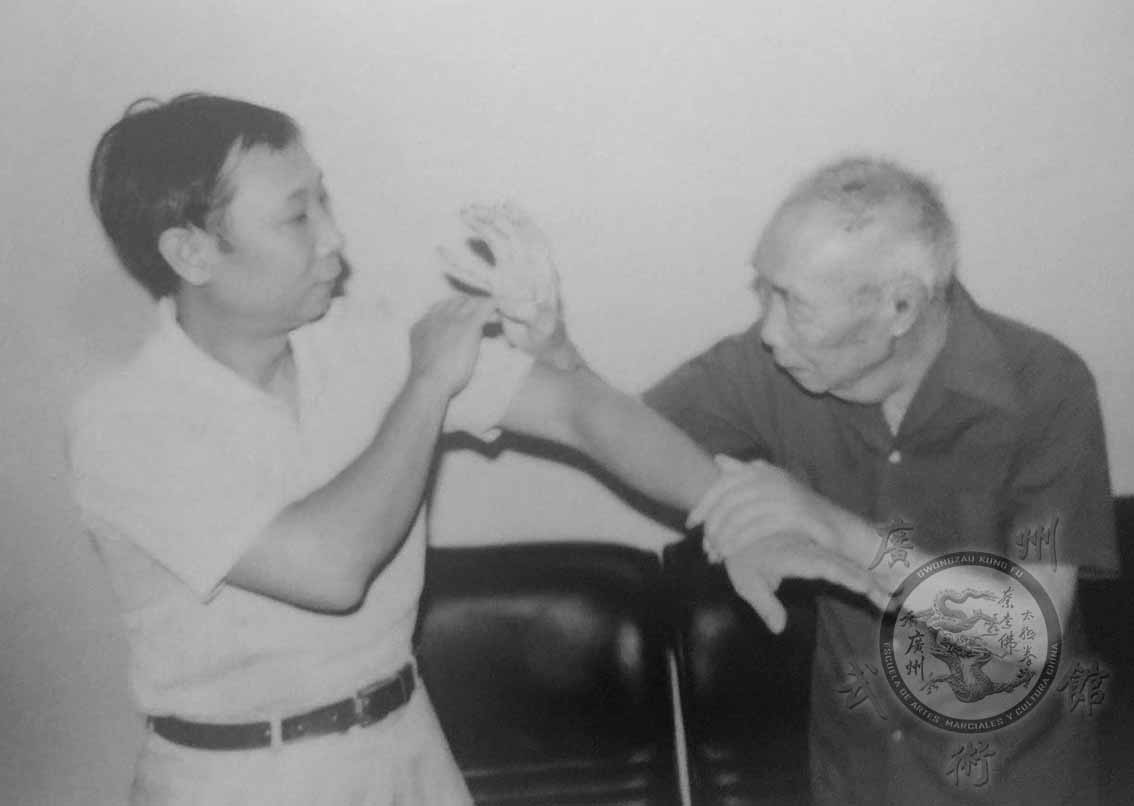
Master Pun Fan, already elderly, practicing with his son Pun Seon-Seoi.
Pun Sifu taught Choy Li Fut at Hǎiyìn Yuàn 海印苑 Primary School, in the Dōngshān 東山 district, and in various locations in Guǎngzhōu, such as under the building of the Judicial Palace 司法大厦 in Duōbǎo Táng 多寶堂, in Shāmiàn 沙面, and in Jiānggāo 江高, training a large number of disciples.
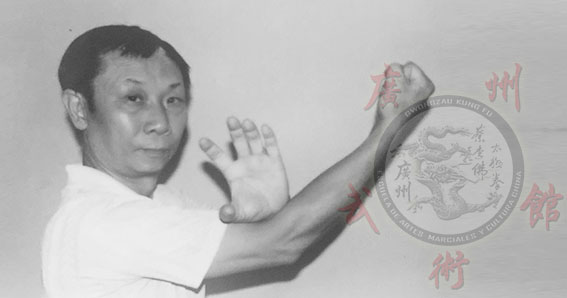
Master Pun Seon-Seoi demonstrating the technique known as Chinzi 千字.
Pun Seon-Seoi was highly respected in martial arts circles in Guǎngdōng province. He studied in depth the ancient writings on Choy Li Fut and published several books on this system. He also held numerous important positions in regional institutions and associations dedicated to the teaching of the system (among others, Vice President and General Director of the Guǎngdōng Provincial Martial Arts Association – General Branch of Choy Li Fut; Lifetime President of the Choy Li Fut Association of Guǎngzhōu; etc.).
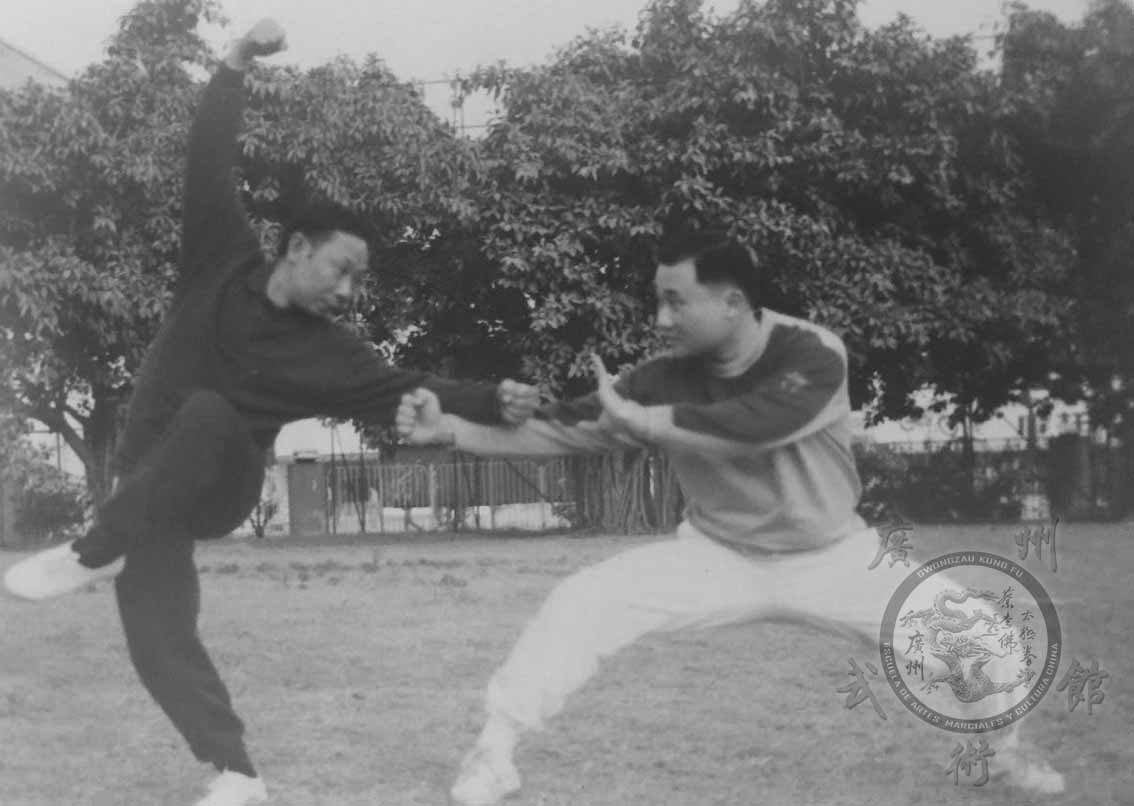
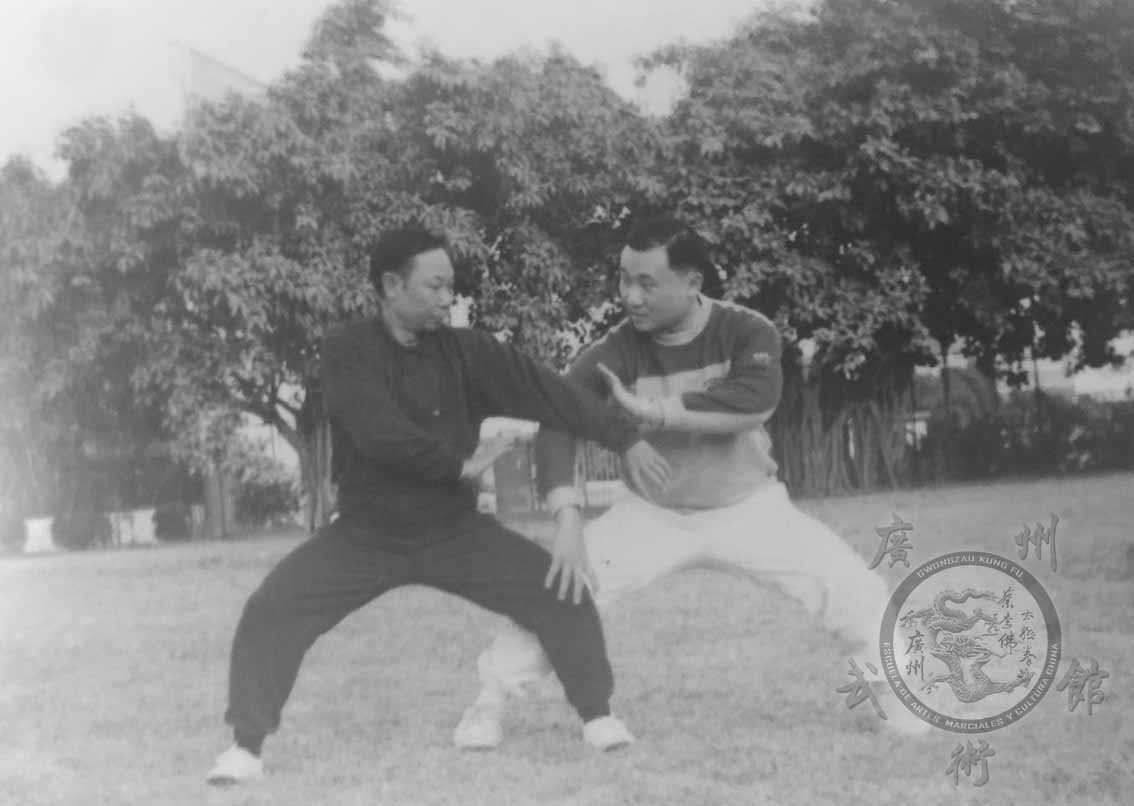
Photos of Master Pun (on the left side, in both photographs) demonstrating various Choy Li Fut Kungfu techniques with one of his disciples, for the material of one of his books.
At the end of 2018, we had the fortune to move to the city of Guǎngzhōu to learn from him. It is from this city that our school takes its name (in its Cantonese form, Gwong Zau), to honour this lineage of masters who have transmitted the distinctive Choy Li Fut of the city of Guǎngzhōu.
Pun Seon-Seoi passed away on January 14, 2025, one day before his 81st birthday. His daughter, Pun Minji 潘敏仪, also learned the Choy Li Fut system from her father and her grandfather Pun Fan. His legacy is well preserved both in her and in the numerous students he had, among whom we are fortunate to count ourselves. It is now our responsibility to ensure that this knowledge remains alive.
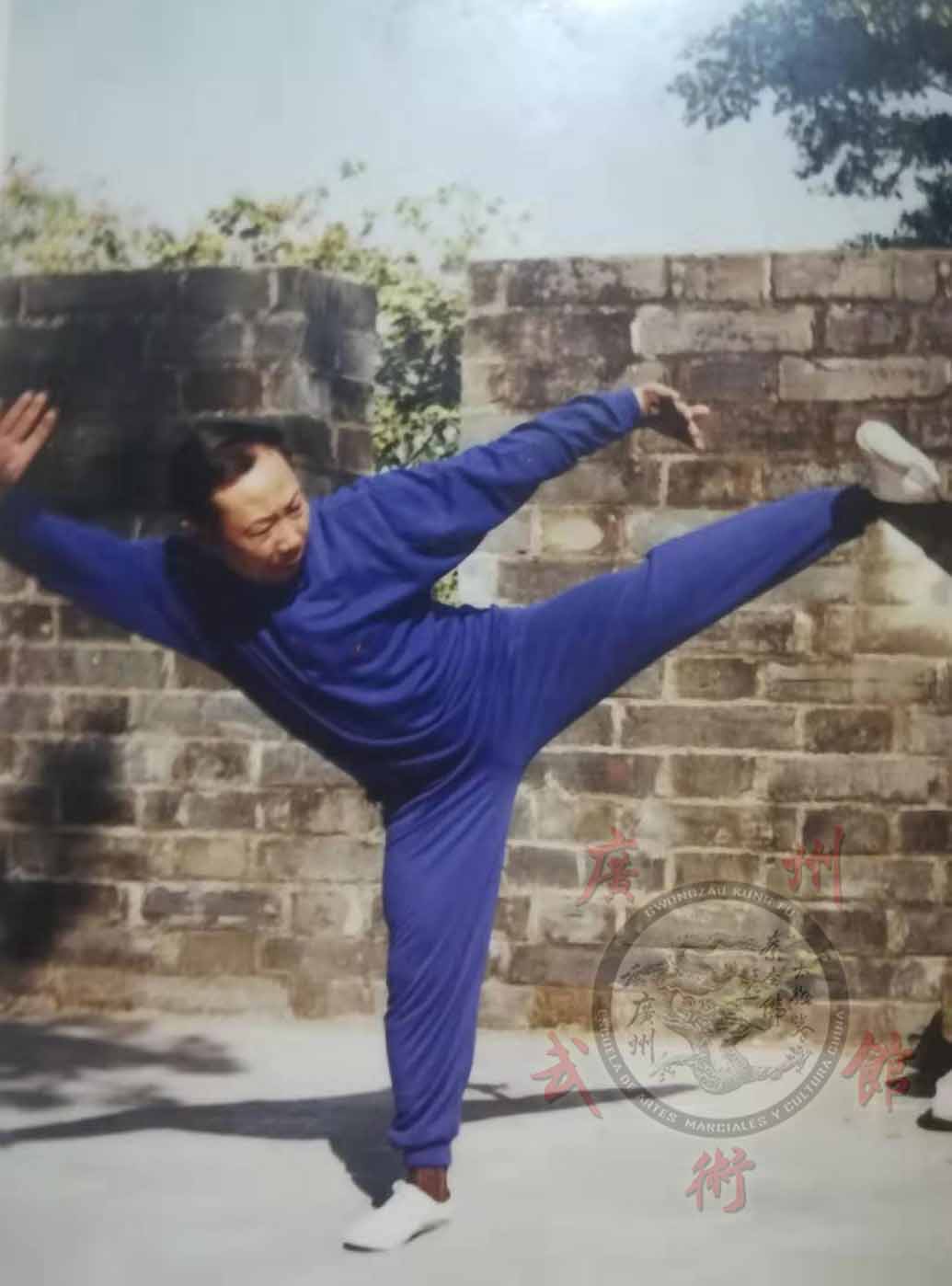
Pun Sifu demonstrating Tsang-Goek 撐腳.
